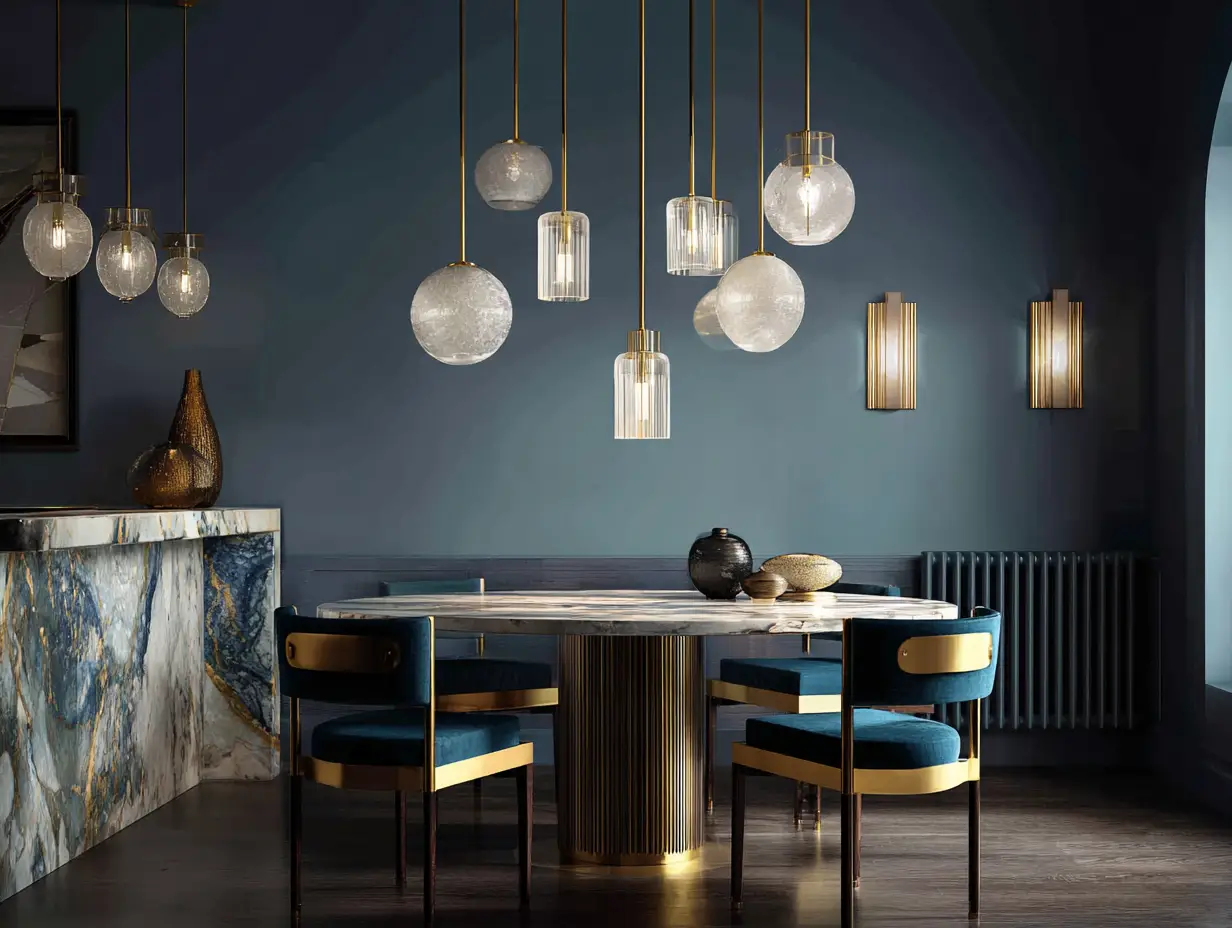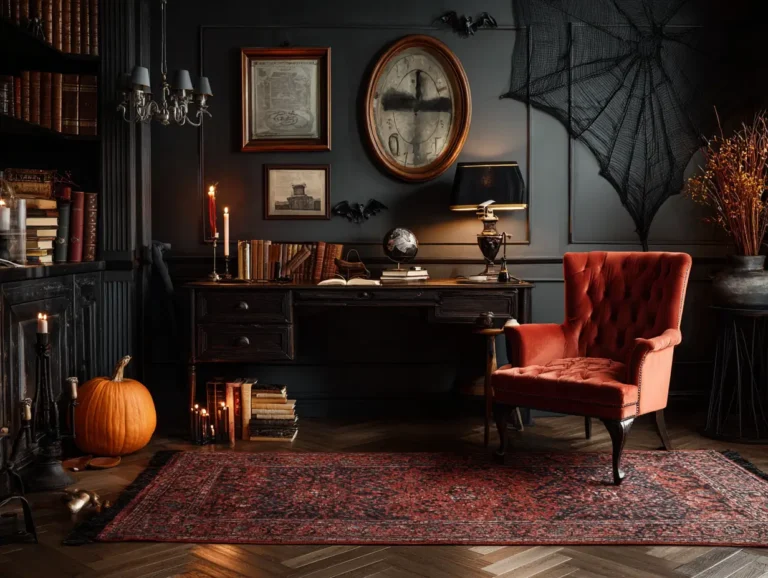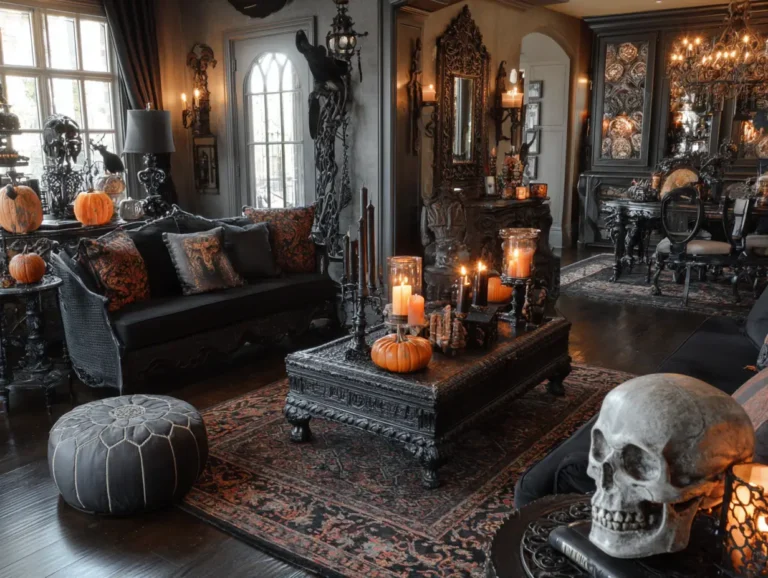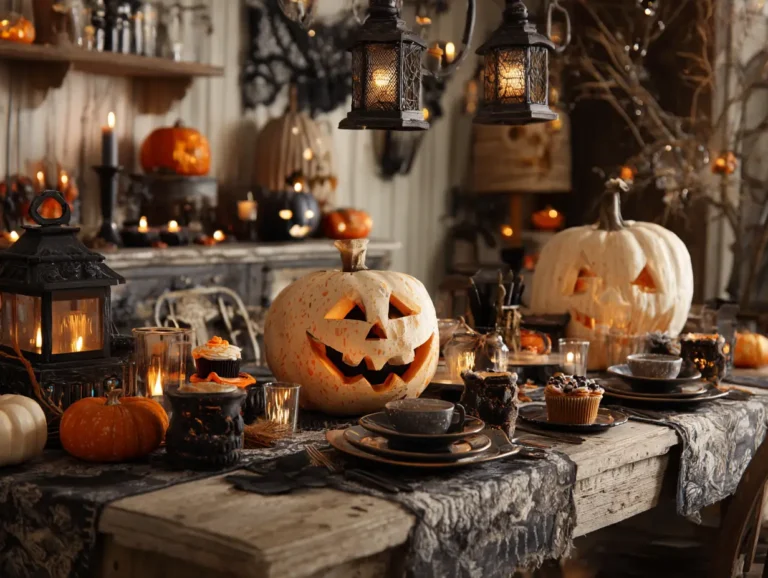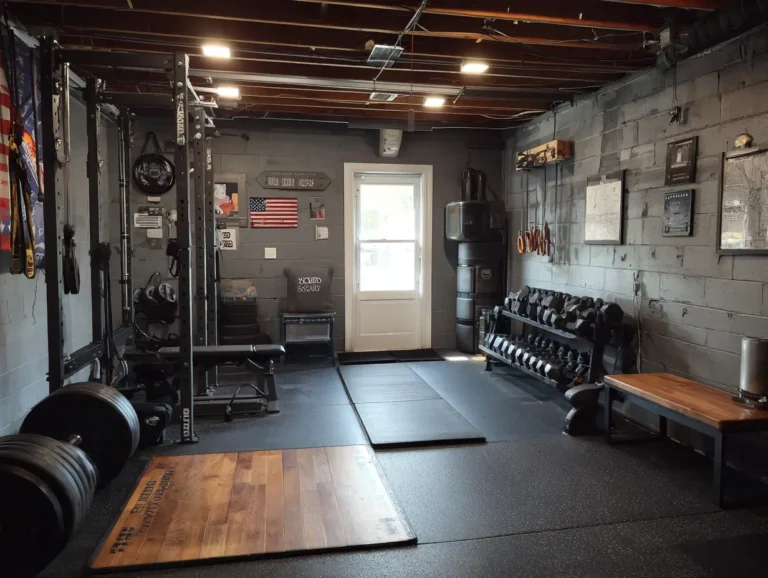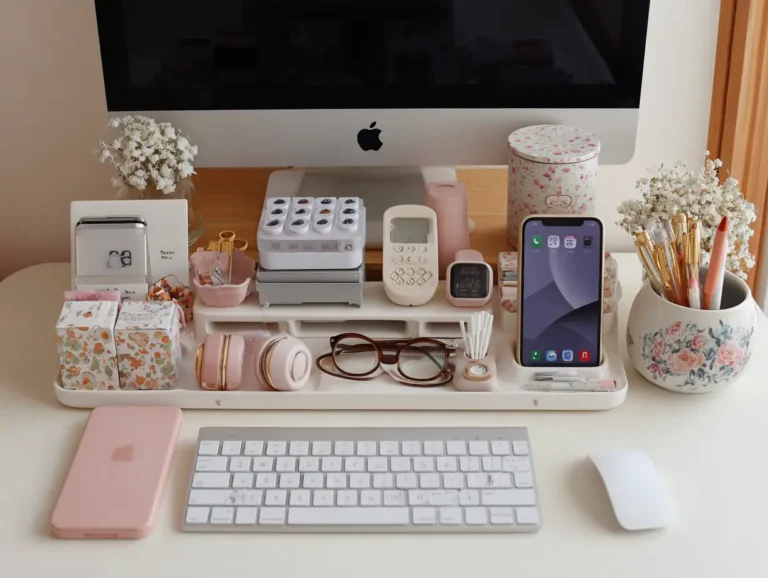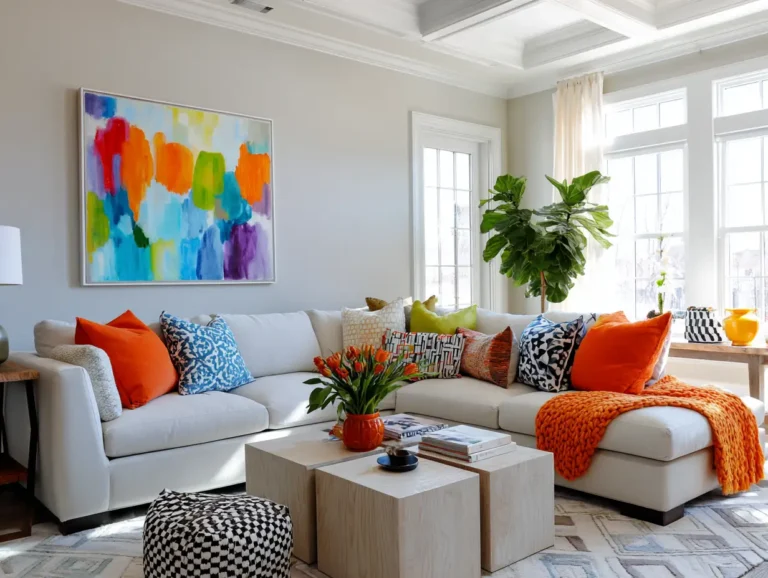10 Lighting Ideas Designers Swear By
Lighting is the unsung hero of interior design. It can instantly change the mood of a room, highlight your favorite features, and even make your space feel bigger or more intimate. The right lighting isn’t just practical—it’s transformative. Think of it as the jewelry of your home: subtle yet powerful, functional yet decorative.
If you’ve ever walked into a beautifully designed living room or boutique hotel suite and wondered why it felt so inviting, chances are, it wasn’t just the furniture or paint—it was the lighting. Designers know that layering light, using it to shape space, and playing with warmth and brightness are key to creating a polished, luxurious look.
1. Layered Lighting for Depth and Dimension
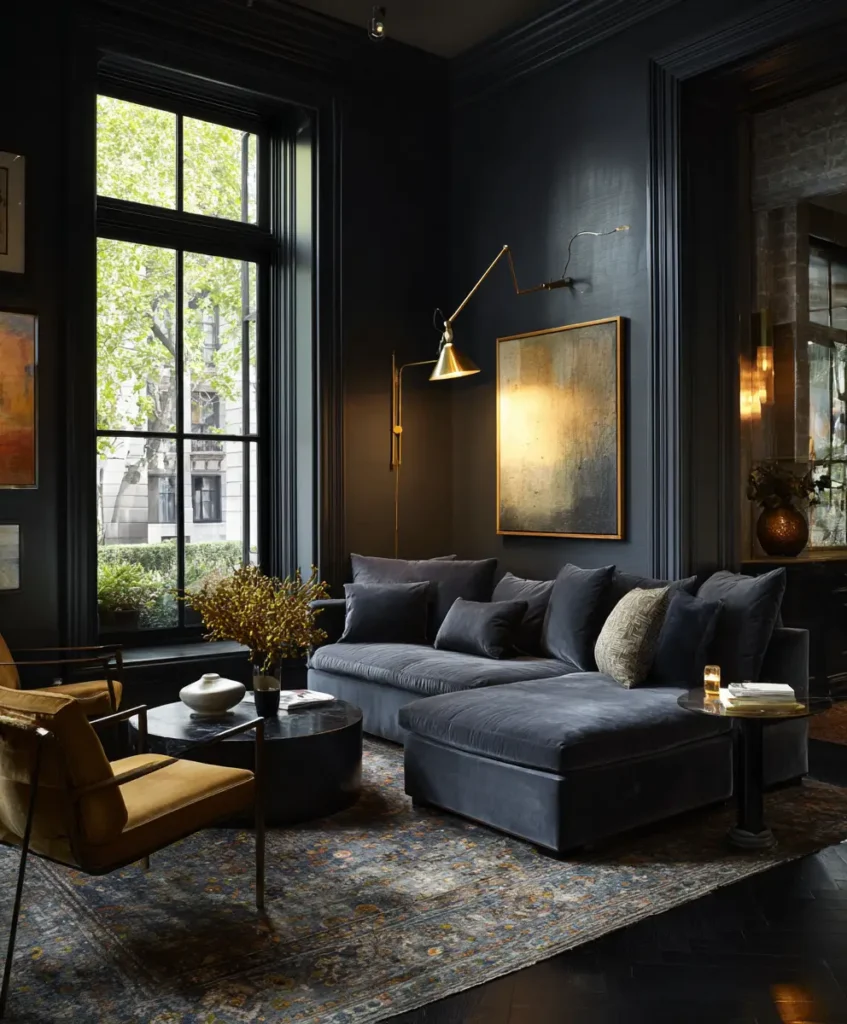
Professional designers rarely rely on a single light source. Instead, they use layers: ambient lighting (general illumination), task lighting (for reading or cooking), and accent lighting (to highlight art or architectural details). This technique creates depth and makes a space feel complete.
Pro Tip: Use a mix of overhead fixtures, floor lamps, and wall sconces in the same room. This prevents harsh shadows and adds dimension.
Example: In a modern living room, a ceiling light sets the tone, a floor lamp brightens a reading nook, and a wall sconce highlights artwork.
2. Dimmers for Instant Mood Shifts
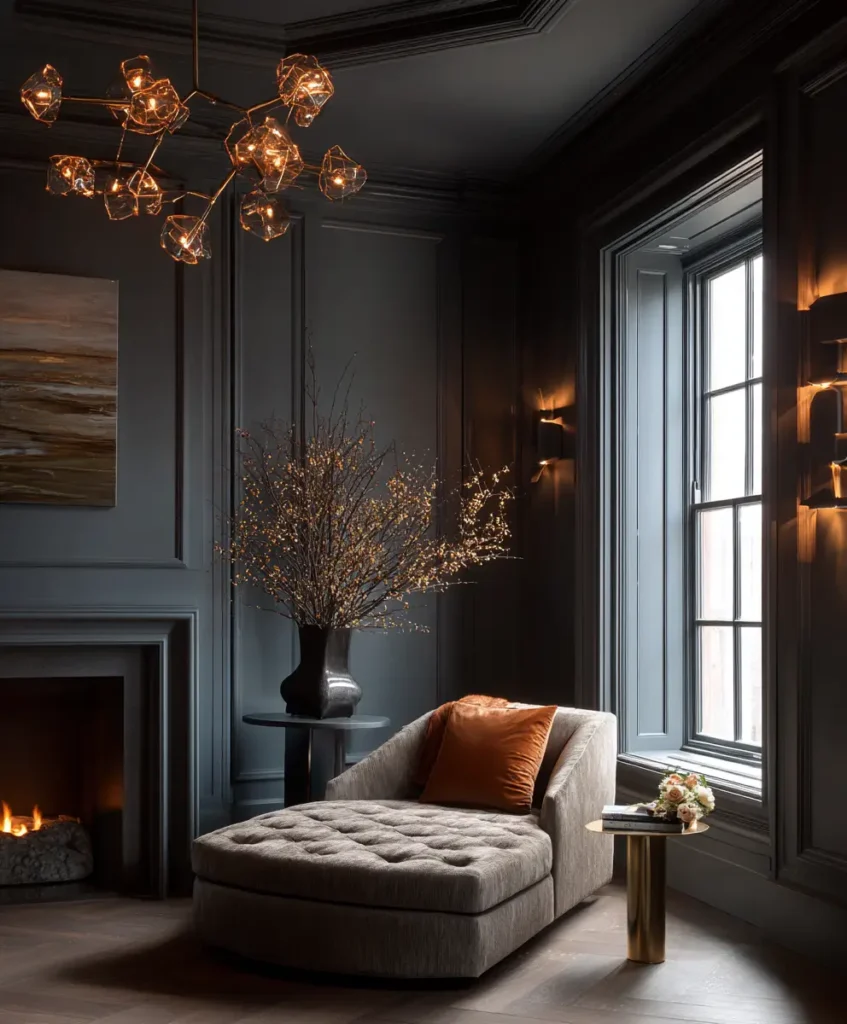
Dimmers are a favorite tool among interior designers because they allow you to adjust the mood in seconds. From a psychological standpoint, softer lighting encourages relaxation, while bright light promotes focus and energy. With dimmers, you don’t need separate fixtures for every mood—you control it with a switch.
Pro Tip: Install dimmers in bedrooms and dining areas to transition from functional brightness to cozy ambiance.
Example: A dining room chandelier feels lively during a family dinner but instantly romantic when dimmed for a late-night glass of wine.
3. Statement Chandeliers as Jewelry for the Room
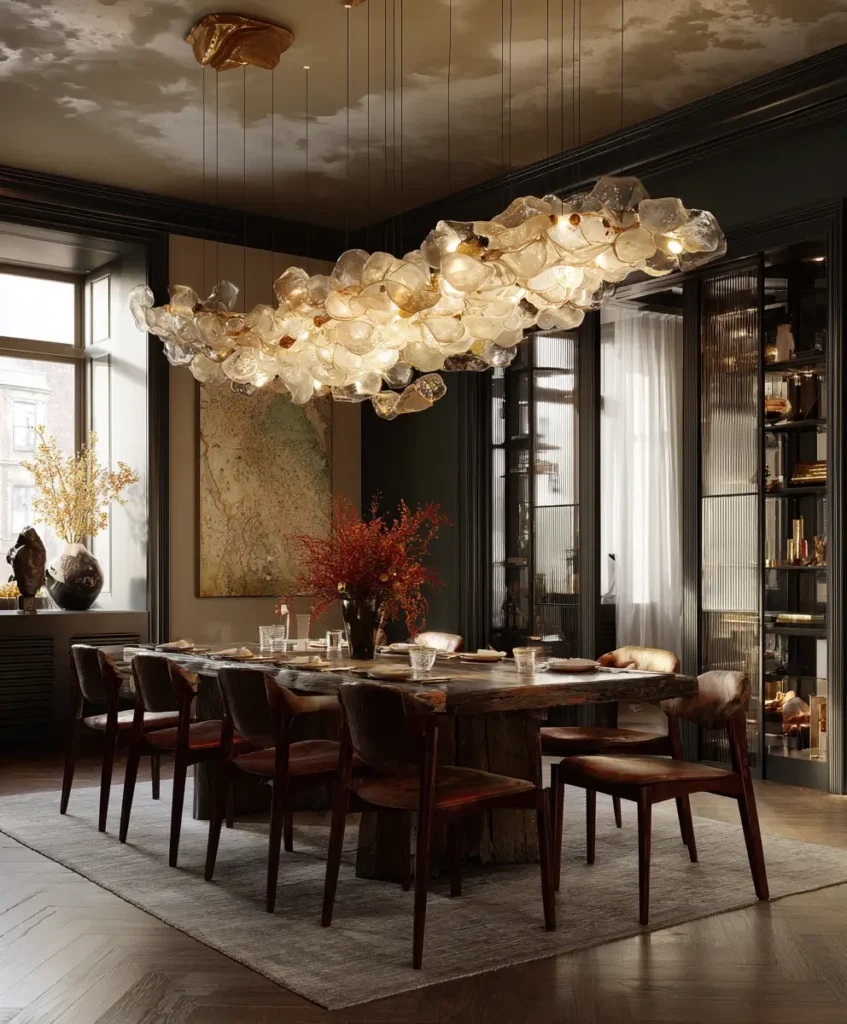
A chandelier instantly elevates a room, acting as both a light source and a sculptural centerpiece. Designers use them to draw the eye upward, making ceilings feel taller and spaces more dramatic. Beyond function, chandeliers tap into our love of symmetry and balance, creating harmony in the room.
Pro Tip: Oversize the chandelier slightly—it feels intentional and grand rather than timid.
Example: A crystal chandelier in a modern entryway sets a glamorous tone before you even step into the living room.
4. Wall Sconces for Subtle Elegance
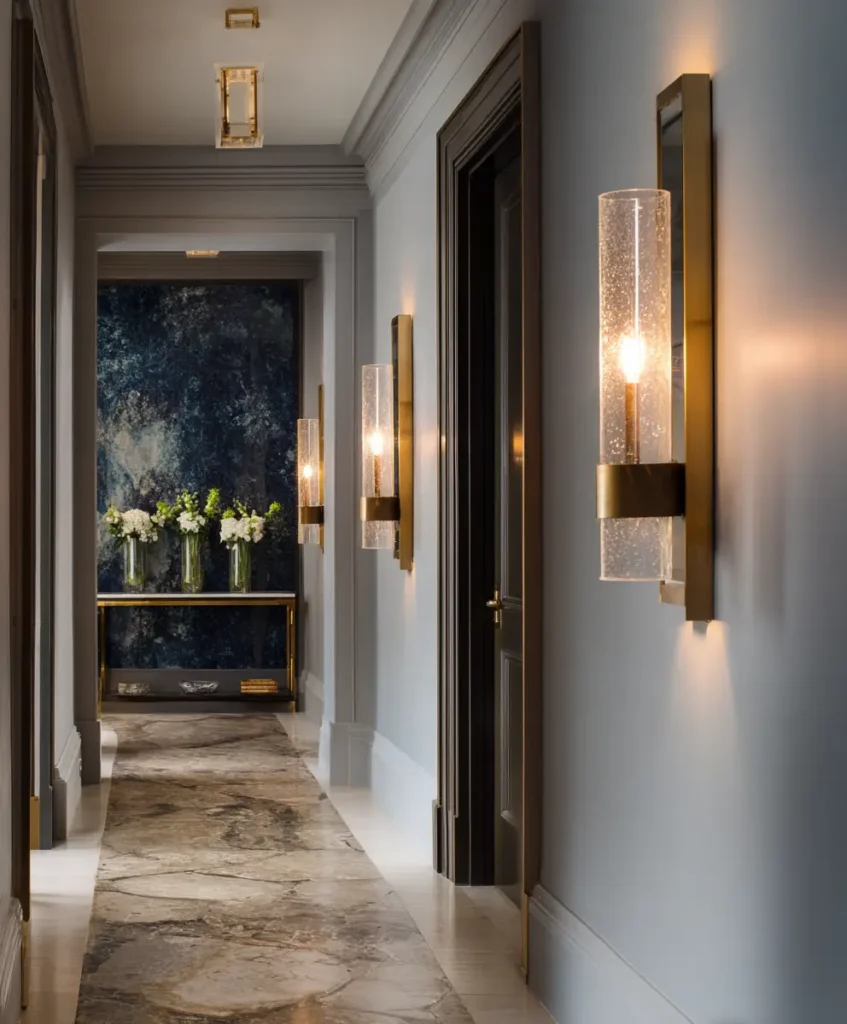
Wall sconces are versatile: they add accent lighting, free up floor and table space, and bring symmetry to a room. Designers often use them in pairs, flanking mirrors or beds, to balance the composition and add understated elegance.
Pro Tip: Use dimmable sconces with warm bulbs near bedsides for both reading light and cozy evening glow.
Example: Two sleek black sconces on either side of a bathroom mirror add boutique-hotel sophistication.
5. Pendant Lights for Focus and Personality
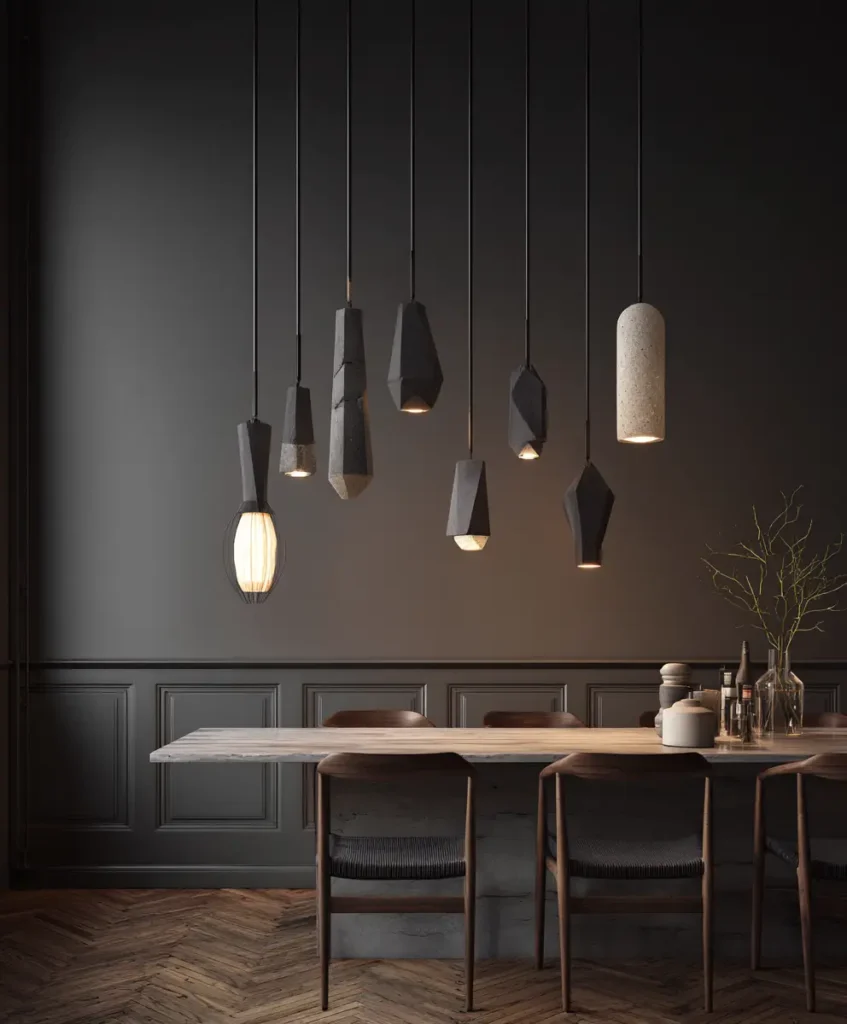
Pendant lights are designer favorites for kitchens, dining areas, and even bedrooms because they provide task lighting while doubling as decorative accents. They direct light downward, which naturally creates intimacy in social spaces like dining tables.
Pro Tip: Hang pendants in odd numbers (like three over a kitchen island) for visual rhythm and balance.
Example: Matte black dome pendants above a marble kitchen island make the space feel modern yet grounded.
6. Floor Lamps as Sculptural Elements
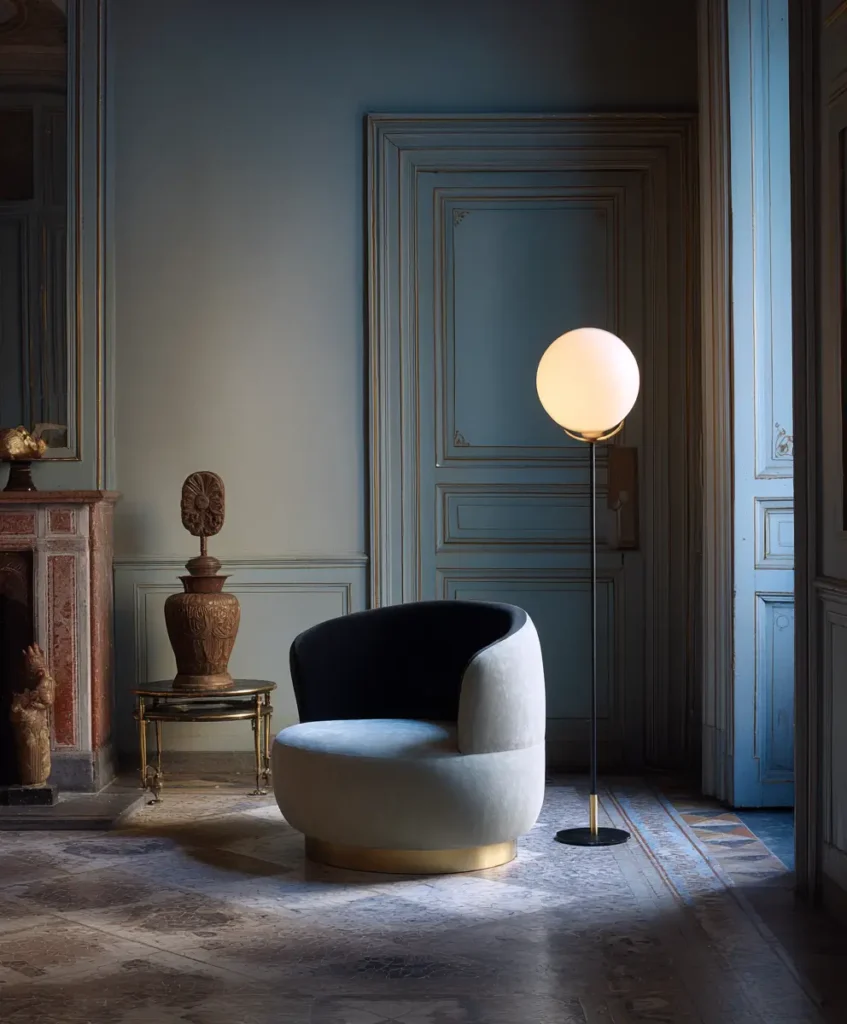
Floor lamps aren’t just about function—they’re also about form. Designers use them to fill awkward corners, add height to a room, and create cozy reading spots. With so many sculptural options available, a floor lamp can easily double as art.
Pro Tip: Choose a floor lamp with an interesting base or shade to add personality without overwhelming the room.
Example: An arched brass floor lamp curves over a sofa, creating soft, focused light and a stylish statement.
7. Under-Cabinet Lighting for Kitchens
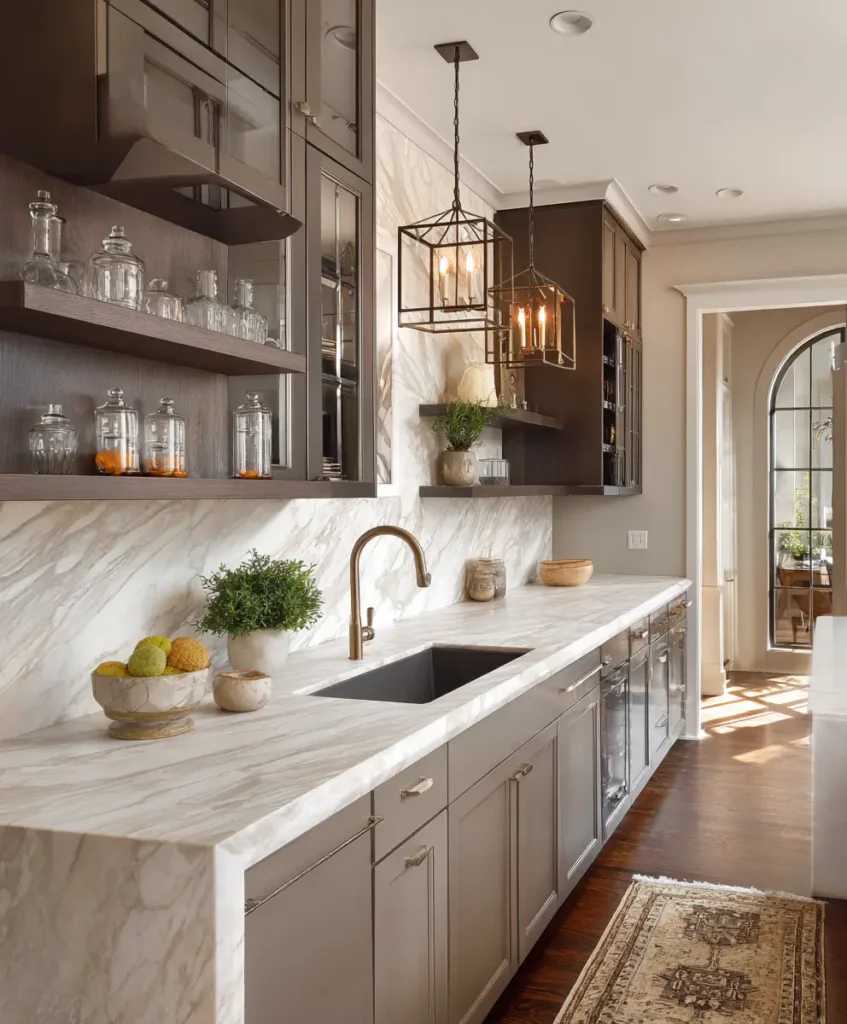
Good kitchen design is all about functionality, and under-cabinet lighting is a designer-approved trick to make cooking easier while adding a luxe touch. It reduces shadows on countertops and makes the kitchen feel brighter and more spacious.
Pro Tip: Use LED strips or puck lights under cabinets for energy-efficient, even lighting.
Example: A sleek white kitchen feels more inviting when warm under-cabinet lights softly illuminate the backsplash.
8. Smart Lighting for Modern Living
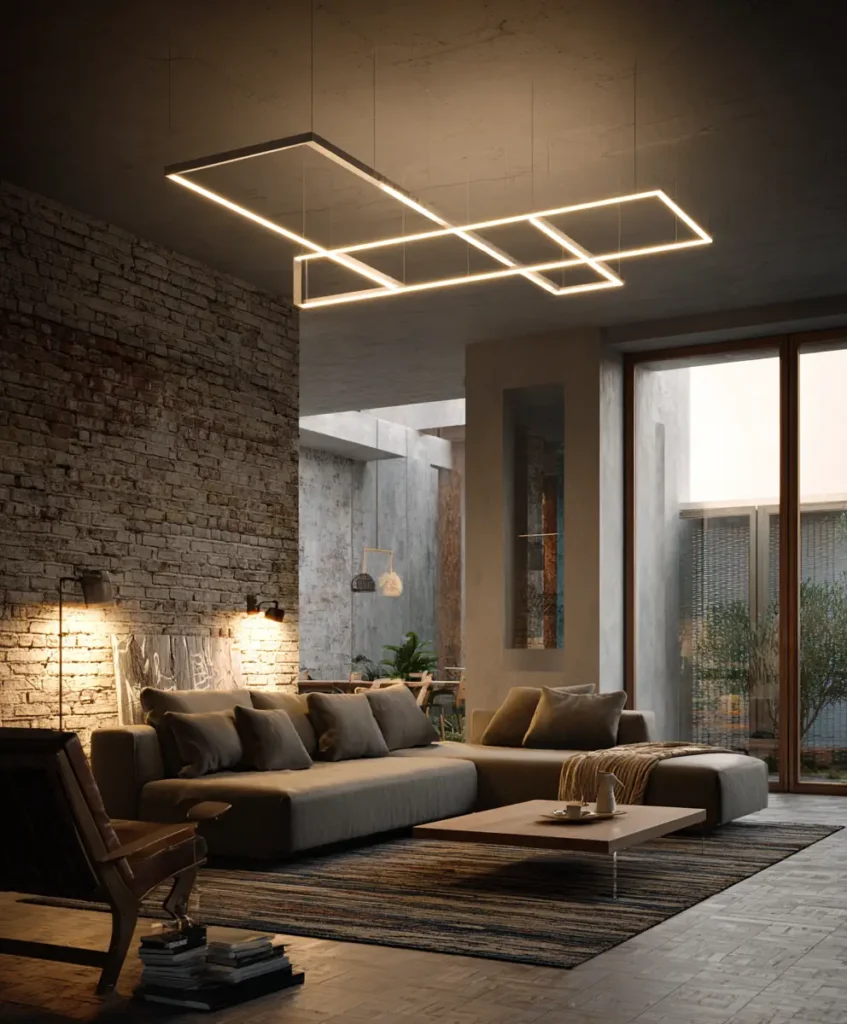
Designers love smart lighting because it combines practicality with luxury. Adjusting brightness and color temperature with your phone (or voice command) allows you to match the lighting to your activity—energizing white light for working, warm amber tones for relaxing.
Pro Tip: Start small with smart bulbs in living or dining rooms before upgrading the whole house.
Example: A modern living room transforms with a single voice command—bright for working from home, soft for movie night.
9. Accent Lighting to Highlight Art and Architecture
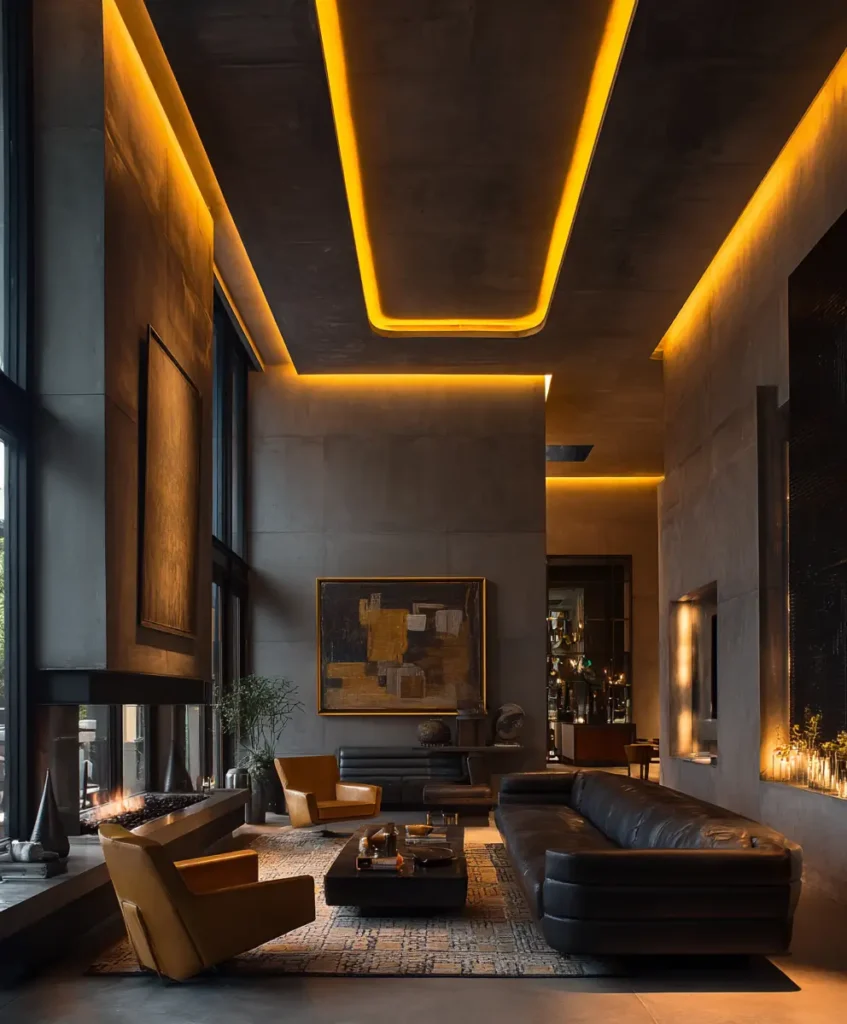
Accent lighting draws attention to what you love most in your home. Designers use it to spotlight artwork, highlight textured walls, or emphasize architectural features like alcoves. This creates focal points and adds depth, much like a gallery.
Pro Tip: Use adjustable spotlights or LED strips to highlight your favorite design details.
Example: A minimalist living room with a spotlight on a large canvas turns the artwork into the star of the space.
10. Natural Light as the Ultimate Luxury
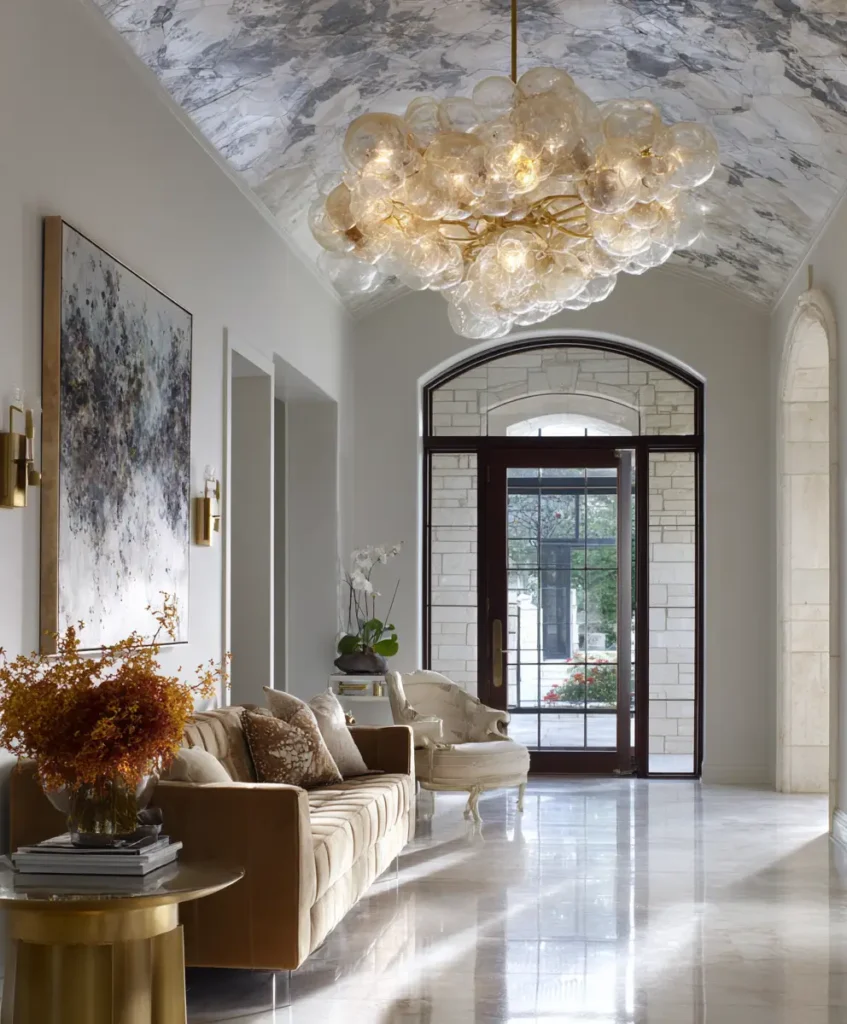
Designers always emphasize the importance of natural light. It boosts mood, makes colors look true, and visually expands small spaces. Even the best artificial lighting can’t compete with sunlight, so maximizing it is key.
Pro Tip: Use sheer curtains to diffuse natural light and mirrors to bounce it around the room.
Example: A small city apartment feels larger when a strategically placed mirror reflects the morning sun across the living room.
Final Thoughts
Lighting isn’t just about visibility—it’s about atmosphere, comfort, and style. From statement chandeliers to subtle under-cabinet strips, these designer-approved ideas prove that the right lighting can completely transform a room.

